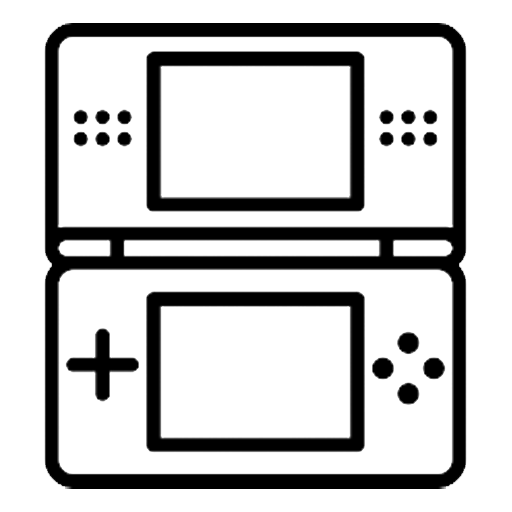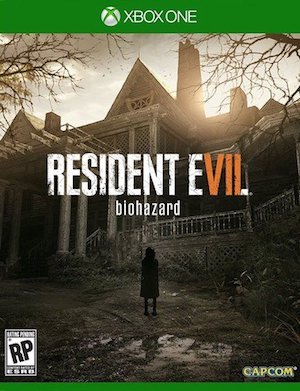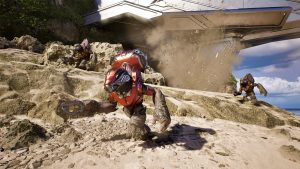
Resident Evil has always been some sort of a benchmark setter as far as graphics fidelity goes. The original Resident Evil games on the PlayStation One, followed by Resident Evil 4 on the Gamecube and Resident Evil 5 on the PlayStation 3 and Xbox 360 have all pushed the hardware they were designed to run on. And that norm continues with Resident Evil 7: Biohazard on the PlayStation 4 Pro.
However what makes Resident Evil 7: Biohazard a totally different beast to analyze compared to the previous main entries in the series is the change in its camera angle. As you are already aware, the series has ditched its third person view with Resident Evil 7 and has instead employed a first person view (although there is a PC mod out there that runs the game in third person mode). Furthermore, the developers have also ditched the MT Framework engine that ran Resident Evil 5 and Resident Evil 6, and instead going for a brand new set of framework and game development tools with RE Engine.
Resident Evil 7 may perhaps be one of the best beautiful and yet one of the most disturbing games ever made. It’s by far one of the most atmospheric games we have played this generation and this is all down to the game’s fantastic use of post processing and dynamic lighting effects. This makes Resident Evil 7 perhaps one of the most difficult games for pixel counting.
However it seems that the base PS4 version is running at a full 1920 X 1080 resolution. The Pro version on the other hand seems to be not using any sort of custom rendering technique such as checkerboard and instead it seems to render at a native 1700p resolution. But what is perhaps the most impressive thing with the RE Engine is that it ensures that the game runs at a consistent 60 frames per second on the PS4 Pro and yes, this also applies to the base PS4 version. This is a pretty remarkable achievement in our opinion, maintaining this high level of performance with a fantastic image quality is actually a rare combination these days. The engine also employs temporal anti-aliasing which as we already know by now is a fantastic solution to clear any sort of jaggies and aliasing with a slightly softer look to the final rendered image.
The RE Engine also does a lot of heavy lifting with photogrammetry, especially during the open scene. The lighting is wonderfully implemented along with the right amount of chromatic aberration, resulting into almost life-like scenery which is both attractive and eerie to look at. Texture quality is reasonably high throughout the game although we witnessed some low quality polygons here and there along with some low level texture filtering.
As mentioned before Resident Evil 7’s lighting is the highlight of the game’s core graphical technology. The move to a full physical based rendering pipeline along with the implementation of global illumination goes a long way in creating a sense of tension and confusion, two of the core pillars of any Resident Evil game. Impressive improvements have also been implemented in the character animation department along with decent tress effects. Characters like Mia and Jack become even more intimidating thanks to their realistic animations and skeletal movements.
Overall, we are pretty pleased with the direction that Capcom have taken with RE Engine. Although there were some annoying issues such as enemies clipping at times, the number of positives in the engine outweighs the number of negatives. It will be interesting to see where Capcom goes from here and what kind of games are built on this engine. Remember the MT Framework? Remember how it was used for a whole lot of different games set across different genres? Will Capcom do the same with the RE Engine? Only time will tell but for now Resident Evil is back and it’s here to stay.














